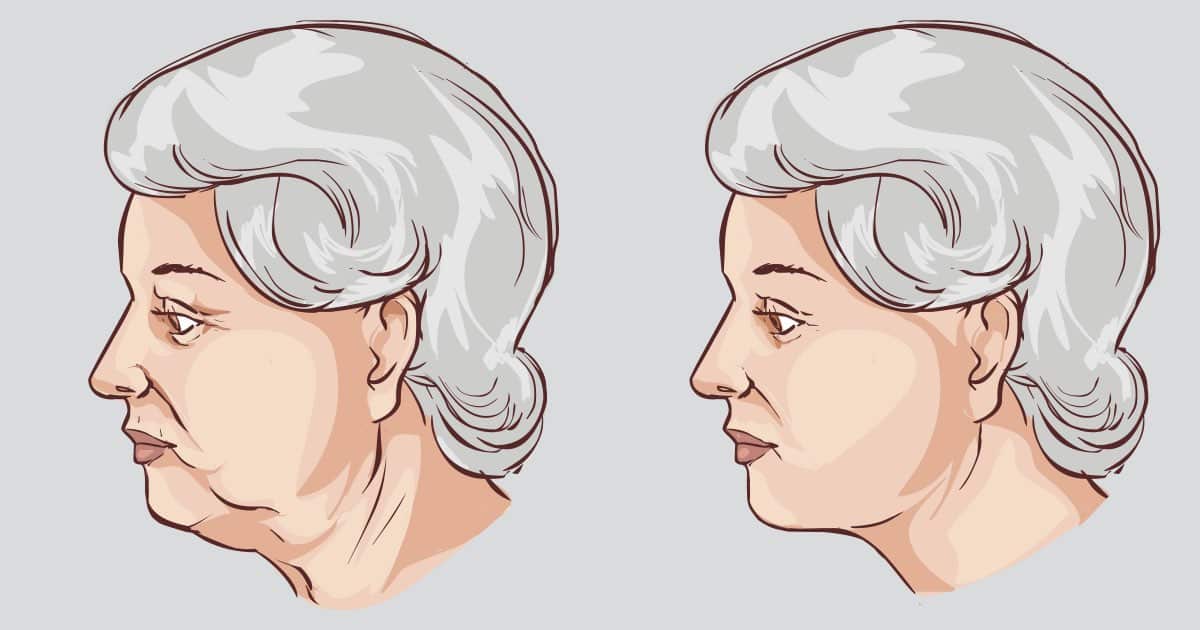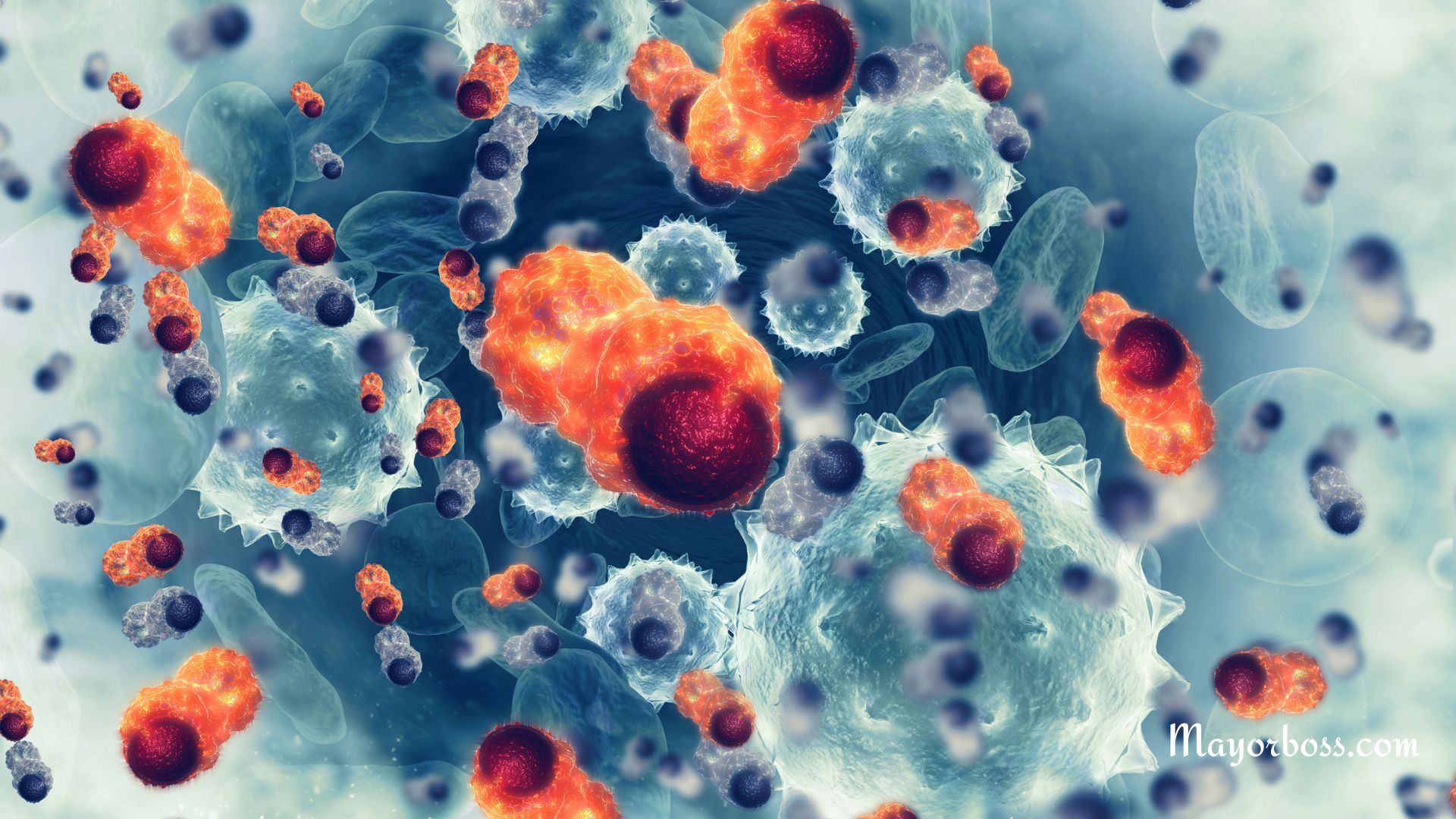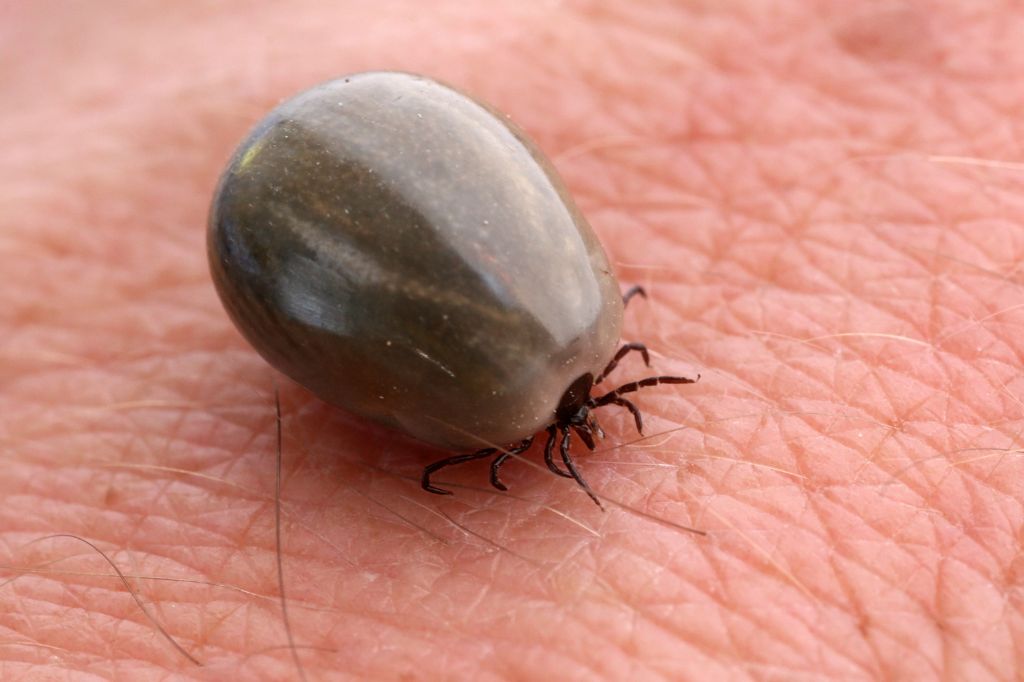What is Chronic Pain?
Chronic pain is a prevalent condition that results in persistent or recurrent pain (longer than 12 weeks). In the United States alone, millions of individuals grapple with chronic pain or other similar conditions that lead to consistent discomfort. Generally, chronic pain can affect anyone, regardless of age, gender, or lifestyle. It’s a widespread issue that doesn’t discriminate.
Quick fact: According to the American Academy of Pain Medicine, chronic pain is the most common cause of disability in the United States, affecting more than 100 million adults.
Types of Chronic Pain
There are numerous types of chronic pain, with the most common being neuropathic pain, nociceptive pain, musculoskeletal pain, inflammatory pain, and psychogenic pain.
Neuropathic Pain
Neuropathic pain is a common type of chronic pain often experienced by people in the United States. While it can affect individuals at any age, it typically develops in adults over 40 years old. It is also prevalent among women and people with a family history of the condition.
Neuropathic pain results from damage to the nervous system. Symptoms might include shooting, burning, or stabbing pain, often accompanied by a sensation of numbness or tingling. Activities that shouldn’t cause pain, such as light touch, can trigger intense pain.
- Factors such as injury, disease (like diabetes or multiple sclerosis), or infections can initiate neuropathic pain.
- The pain often leads to discomfort and stiffness, making normal daily activities more challenging.
- As the nervous system dysfunction progresses, it can trigger exaggerated pain responses, leading to chronic discomfort.
- In severe cases, persistent neuropathic pain may result in depression, anxiety, and sleep disorders.
Nociceptive Pain
Nociceptive pain is less common than neuropathic pain. It occurs when specific pain receptors (nociceptors) are activated due to injury, inflammation, or disease. This type of pain can be further classified as either somatic or visceral.
Somatic pain, often described as aching or throbbing, usually involves the skin, tissues just beneath the skin, or the musculoskeletal system. On the other hand, visceral pain arises from the internal organs and body cavities and is often described as a deep squeezing, pressure, or aching.
Both forms of nociceptive pain can lead to chronic pain conditions if the underlying issue isn’t addressed.
Musculoskeletal Pain
Musculoskeletal pain primarily impacts the bones, muscles, ligaments, tendons, and nerves. It can be either localized in one area or widespread.
This type of pain is typically linked to injuries to the musculoskeletal system, such as sprains, fractures, dislocations, or direct blows to the muscle. It can also be a result of overuse, such as repetitive strain injuries.
The common symptoms include deep, aching pain, stiffness, or discomfort in the affected area. Over time, if left untreated, it may lead to limited mobility and decreased strength.
Inflammatory Pain
Inflammatory pain is the body’s natural response to harmful stimuli like pathogens, damaged cells, or irritants. Conditions that often lead to inflammatory pain include rheumatoid arthritis, psoriasis, inflammatory bowel disease, and gout.
Inflammatory pain can manifest in redness, heat, swelling, and pain in the affected area. If not addressed, it may persist and evolve into a chronic condition.
Psychogenic Pain
Psychogenic pain also referred to as “psychalgia,” is a pain disorder associated with psychological factors. Some people experience pain without a clear source of physical injury or disease, often linked to emotional or mental stressors.
- Psychogenic pain can impact various parts of the body, leading to headaches, muscle pains, stomach pain, and more.
- In some cases, the pain may intensify due to psychological factors such as stress, anxiety, or depression.
- Over time, this type of pain can lead to a decrease in physical activity and social interaction, affecting an individual’s overall quality of life.
Other Types of Chronic Pain and Related Conditions
- Post-surgical pain: It is a persistent pain that continues even after the expected period of healing following surgery.
- Cancer pain: This is associated with both the presence of cancer itself and the treatment of cancer. It can be constant or intermittent.
- Migraine: This refers to recurrent headaches that are moderate to severe.
- Fibromyalgia: It causes pain in the body’s muscles, ligaments, and tendons.
Here is a table with a list of diseases that can cause chronic pain
| Diseases | What it is |
|---|---|
| Arthritis | When joints get swollen and hurt. The main types are osteoarthritis and rheumatoid arthritis. |
| Fibromyalgia | A disease that makes the whole body hurt, also causing tiredness and muscle stiffness. |
| Chronic Migraines | Really bad headaches that happen a lot and come with other problems like seeing strange things or feeling sick. |
| Neuropathic Pain | Pain that comes from damage to the nervous system. It can feel like shooting or burning pain. |
| Endometriosis | A disease where tissue like the one inside the womb starts to grow in other places, like the ovaries. This can cause really bad pain and problems getting pregnant. |
| Irritable Bowel Syndrome (IBS) | A problem with the large intestine that causes stomach pain, cramping, gas, and changes in going to the bathroom. |
| Interstitial Cystitis | A long-lasting problem of the bladder that causes pressure and pain in the bladder and sometimes in the pelvic area. |
| Temporomandibular Joint Disorder (TMJ) | A problem with the jaw joint and the muscles that control it. This can cause lasting pain in the face and neck. |
| Complex Regional Pain Syndrome (CRPS) | A type of lasting pain that usually affects an arm or leg, often after an injury or surgery. |
| Chronic Fatigue Syndrome (CFS/ME) | A long-lasting illness with problems like feeling tired, having trouble sleeping, and pain. |
| Lupus | A disease where the body’s defense system attacks its own tissues, causing pain in different parts of the body. |
| Multiple Sclerosis (MS) | Pain comes from damage to the nervous system. It can feel like shooting or burning pain. |
| Cancer | Many types of cancer can cause lasting pain either through the disease itself or the treatments used to fight it. |
Symptoms of Chronic Pain
Chronic pain isn’t simply an isolated symptom. It can give rise to a range of problems that can affect you physically and emotionally.
Depending on the cause and location, you might experience:
- Persistent or recurrent pain lasting more than 12 weeks
- Pain that does not subside after treatment or healing of an injury
- Sleep disturbances due to pain
- Decreased appetite
- Frequent feelings of tiredness or fatigue
- Mood changes, including depression, anxiety, and irritability
- Difficulty moving or performing daily activities
- A feeling of soreness, tightness, or stiffness
Chronic Pain in Children
Just like adults, children can also experience chronic pain. The most common types of chronic pain in children include headaches, stomach pain, muscle pain, and pain associated with injuries.
Despite the challenges, most children with chronic pain can lead normal lives with appropriate treatment and support.
Treating Chronic Pain
While there’s currently no cure for chronic pain, there are several treatments available that can help manage it effectively. It’s important to remember that what works best will depend on individual circumstances and the underlying cause of the pain.
Medications
Different types of medications might be used to treat chronic pain. These include:
- Over-the-counter pain relievers, such as acetaminophen (Tylenol), aspirin, or nonsteroidal anti-inflammatory drugs (NSAIDs) like ibuprofen (Advil, Motrin).
- Prescription medications, such as stronger NSAIDs, muscle relaxants, anti-seizure medications (which can also help with certain types of pain), or even certain antidepressants, can effectively treat nerve pain and coexisting conditions like depression or anxiety.
- Opioids, such as codeine, morphine, and hydrocodone, might be used for severe pain, but they come with serious risks, including addiction. They are typically only used for short periods, under the close supervision of a doctor.
Physical Therapy and Occupational Therapy
Physical therapy can specifically help strengthen your body and improve flexibility, which in turn can help reduce pain. Techniques may include exercises, stretching, and cardiovascular activities.
Occupational therapy, on the other hand, can help you perform daily activities more efficiently and without increasing pain. This might involve altering the way you work, cook, or do other tasks.
Psychological Treatment
Cognitive-behavioral therapy can help you address the emotional aspects of chronic pain. You can learn relaxation techniques, ways to manage stress, and how to combat negative thinking that often accompanies chronic pain.
Interventional Procedures
Procedures such as nerve blocks, electrical stimulation, acupuncture, injections, or surgery may be used to help manage certain types of pain. These are typically reserved for cases where other treatments have failed to provide adequate relief.
Lifestyle Remedies
Some lifestyle remedies can also help you manage chronic pain:
- Regular exercise: Physical activity can help keep your body strong and flexible, reducing pain over time. Always consult with your healthcare provider before starting any new exercise regimen.
- Healthy diet: Eating a balanced diet can aid in maintaining a healthy weight, reducing pressure on joints, and keeping the body’s systems functioning optimally.
- Getting enough sleep: Pain can make sleep difficult, and lack of sleep can exacerbate pain. Good sleep hygiene can help.
- Mind-body techniques: These include meditation, mindfulness, yoga, and tai chi, which can help reduce stress and relax the mind, aiding in pain management.
Complementary Therapies
Complementary therapies such as massage, acupuncture, and chiropractic treatment can sometimes provide relief. However, it’s important to discuss these with your doctor to ensure they are safe for you.
Treating chronic pain often requires trial and error to find a treatment plan that works for you. It’s essential to work closely with your healthcare provider and other specialists to develop a personalized, multifaceted approach to managing your chronic pain.
Further Reading: 5 Ways To Manage Chronic Pain Without Medication






